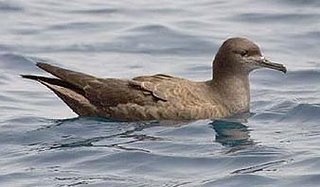When it comes to global warming, the canary in the coal mine isn't a canary at all. It's a purple finch.
As the temperature across the U.S. has gotten warmer, the purple finch has been spending its winters more than 400 miles farther north than it used to. Read More...
Tags: Birds, Climate Change, Global Warming















